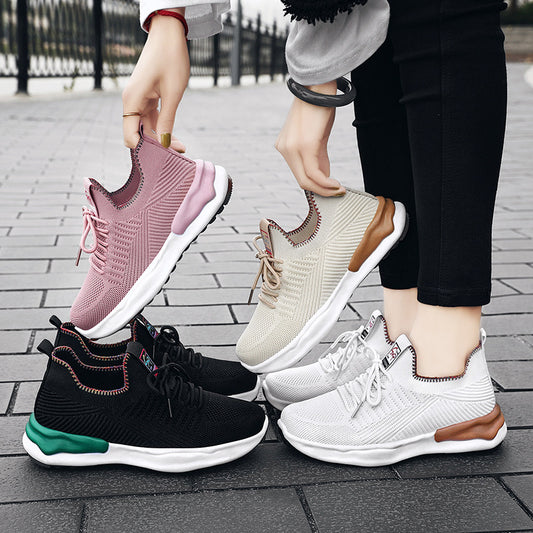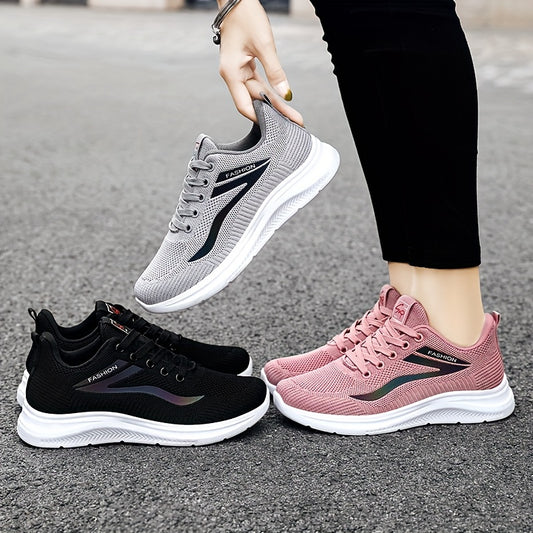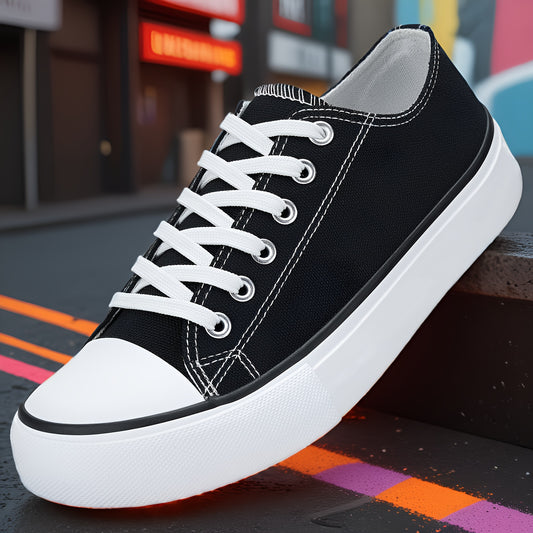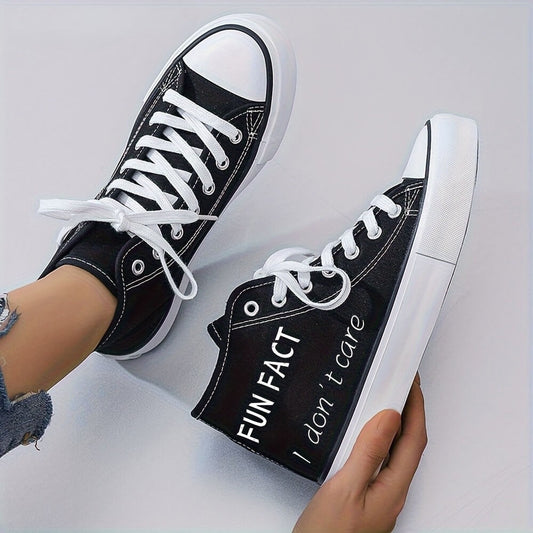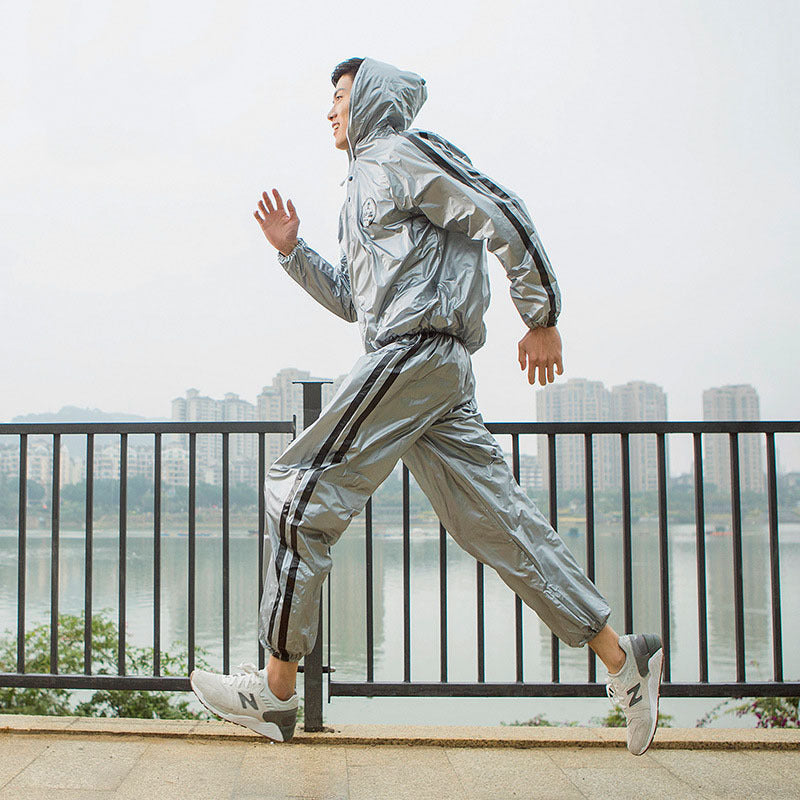
The Ultimate Guide to Sauna Sweat Suits (2025) — How They Work, Risks, & Best Options for Weight Loss
Share

Sauna suits increase sweat and short-term water weight loss and can help with heat acclimation, but they are not a substitute for long-term fat loss from diet and exercise. Use them carefully: hydrate, limit duration, and stop immediately for dizziness, nausea, or extreme fatigue.
What is a sauna sweat suit and why people use them
A sauna suit (also called a sweat suit) is workout clothing made of heat-trapping material (PVC, coated nylon, or similar) designed to increase internal temperature and sweating during exercise. People use them to:
-
Boost sweat output during workouts (short-term water weight loss).
-
Potentially lean on small increases in calorie burn or improved heat acclimation for sport performance.
-
Accelerate perceived results (people often see immediate water-weight changes).
What the research actually says (evidence-based)
-
Increased sweat & physiological strain: Studies show sweat suit for weight loss do increase sweat loss and physiological strain compared with normal clothing. That means more immediate fluid loss but not necessarily long-term fat loss on their own.
-
Small increases in calorie burn: The New England Journal of Medincine reports modest increases in energy expenditure when wearing a thermal sweat suit during high-intensity work — but the net extra calories are small (e.g., ~20–30 kcal extra per session in one study). Don’t expect miracle weight loss without diet/exercise.
-
Heat acclimation & performance: Short-term waterproof sauna suit training has been shown to improve heat acclimation and endurance performance in controlled settings — useful for athletes prepping for hot conditions.
Major safety considerations (read this before you buy)
Full body sauna suit increase heat stress and dehydration risk. Common hazards: heat exhaustion, heat stroke, dangerous electrolyte loss, fainting, and in extreme cases cardiac stress. Important safety rules:
-
Always hydrate before, during, and after using a one-piece sauna suit.
-
Limit sessions (start with 10–20 minutes; most experts advise staying under 30–60 minutes and monitoring how you feel).
-
Don’t use during illness, fever, or if you have cardiovascular disease, uncontrolled high blood pressure, or are pregnant — consult a doctor first.
-
Avoid using sauna suits in extremely hot or humid environments or during prolonged steady exercise without breaks.
How to use a sauna suit safely and effectively (step-by-step)
-
Start slow. First session: 10–15 minutes of low-intensity cardio (walk, light jog, cycling). Track how you feel.
-
Hydrate proactively. Drink 12–16 oz (350–475 ml) of water 30 minutes before and sip during. Use an electrolyte drink for sessions >30 minutes.
-
Monitor weight & rehydrate. Weigh yourself before/after to estimate water loss; replace each 1 lb (0.45 kg) lost with ~16–24 oz (475–700 ml) of fluid plus electrolytes.
-
Mix with proper training & nutrition. Use fat burning sauna suit as an adjunct to a calorie-controlled diet and smart training plan — not a replacement.
-
Stop if you feel sick. Dizziness, nausea, confusion, excessive weakness, or dark urine are red flags — cool down and rehydrate immediately.
Who benefits most from sauna suits?
-
Athletes preparing for competition in hot climates (heat acclimation).
-
People seeking short-term water weight loss (e.g., to make a weight class) — note this is temporary.
-
Fitness enthusiasts who want to amplify sweating during cardio or HIIT sessions (use with caution).
What to look for when buying a sauna sweat suit
-
Material & breathability: PVC and coated fabrics trap heat best but can be intense; some suits use laminated fabrics for durability.
-
Fit & closures: Elastic cuffs, waist, and ankles help trap heat — but should not choke or restrict breathing. Zippers and adjustable closures make with easier on/off.
-
Durability & seams: Reinforced stitching for repeated training sessions.
-
Purpose: Full suits vs. tops vs. compression styles — choose based on training type (running vs. boxing vs. gym).
-
Size options: Pick a suit that allows movement but traps heat effectively. Check size charts carefully.
Top sauna suit types — quick comparison
-
Full PVC one-piece / raincoat style: Max heat retention; great for heavy sweat but higher overheat risk. (Best for supervised, short sessions.)
-
Compression sweat suit (poly/spandex blend): Slim, supports muscles and increases sweat moderately; easier for active workouts.
-
Woven sauna top (HOTSUIT style): Durable, designed to trap heat around the torso; popular for who want a focused sweat top.
Best sauna sweat suits to consider
Below are three examples you can use as a starting point when shopping. They illustrate the three common styles buyers prefer.
1) Ultralight PVC One-Piece Runing Sweat Suit (One-piece raincoat style) - $29.99
-
Why it’s good: Ultralight, thin PVC traps heat effectively; elastic cuffs/wrist/ankle help gather heat; roomy enough for movement. This sauna suit is ideal if your priority is maximum sweat and water-weight loss in short sessions.
-
Use cases: Short cardio sessions, outdoor workouts in wind/rain (waterproof), costume-style sweat training.
-
Care: Usually hand wash, hang to dry.
2) Men’s Slim-Fit Compression Sweat Suit (Polyester/Spandex blend) - $59.99
-
Why it’s good: Slim/skinny fit supports muscles and improves sweat without excessive bulk. The compression sweat suit offers a medium stretch and zippered crew design make it practical for intense workouts and gym use.
-
Use cases: HIIT, boxing, running, and gym sessions where mobility matters.
3) HOTSUIT Men’s Fat-Burning Sauna Suit Top (Woven 100% polyester) - $94.99
-
Why it’s good: HOTSUIT is a respected brand in sauna apparel. This woven long-sleeve top is non-stretch and built to trap heat around the torso; Men’s Health and multiple expert reviewers have highlighted HOTSUIT designs as top tested picks.
-
Use cases: Running, cycling, and everyday cardio where you want targeted torso sweating.
4) One-Piece Sauna Sweat Suit - $43.99
- Why it's good: Designed for adults who want to burn calories faster, detox naturally, and lose water weight efficiently. Engineered with a sleek raincoat-style design, this sweat suit locks in heat and increases perspiration—helping you get the most out of every training session.
- Use cases: Weight loss workouts, cardio training, boxing, MMA, running, gym sessions, and everyday fitness.
Sample 6-week plan: how to use a sauna suit for short-term results (safely)
Weeks 1–2: 2–3 sessions per week, 10–15 minutes of low-intensity cardio while wearing the suit. Hydrate well.
Weeks 3–4: Increase to 15–25 minutes, include interval training once per week. Continue hydration and post-session rehydration.
Weeks 5–6: Up to 30–40 minutes max only if you’re adapted, well-hydrated, and under supervision; otherwise stay shorter. Combine with caloric control and strength training for real fat-loss results.
Frequently Asked Questions (FAQ)
Q: Do sauna suits help you lose fat?
A: Sauna suits cause water loss from sweating; they may slightly increase calorie burn during workouts, but they do not directly burn large amounts of fat — long-term fat loss requires a caloric deficit and consistent training.
Q: How long should I wear a sauna suit?
A: Start with 10–15 minutes and don’t generally exceed 30–60 minutes. Always hydrate and stop if unwell.
Q: Are PVC sauna suits safe?
A: PVC suits are effective at trapping heat but increase the risk of overheating and dehydration; they’re safe only when used responsibly (hydration, limited time, medical clearance if necessary).
Conclusion
Sauna sweat suits can be a useful tool for short-term water weight loss, heat acclimation, and feeling like you got a hard sweat session. They’re not a replacement for solid training and nutrition. When used smartly — short sessions, good hydration, and realistic expectations — they can be a safe and effective addition to a fitness program.





